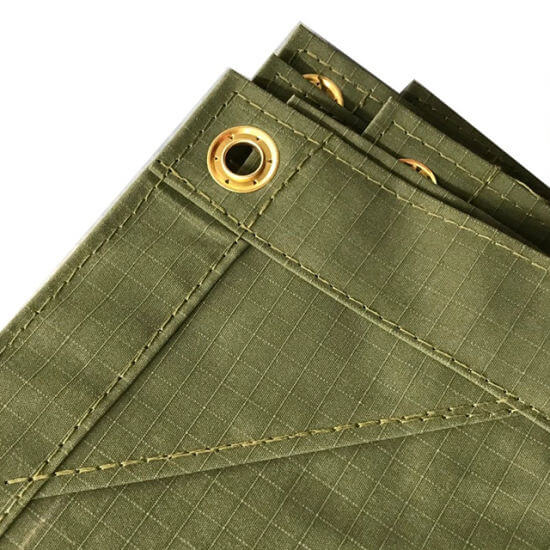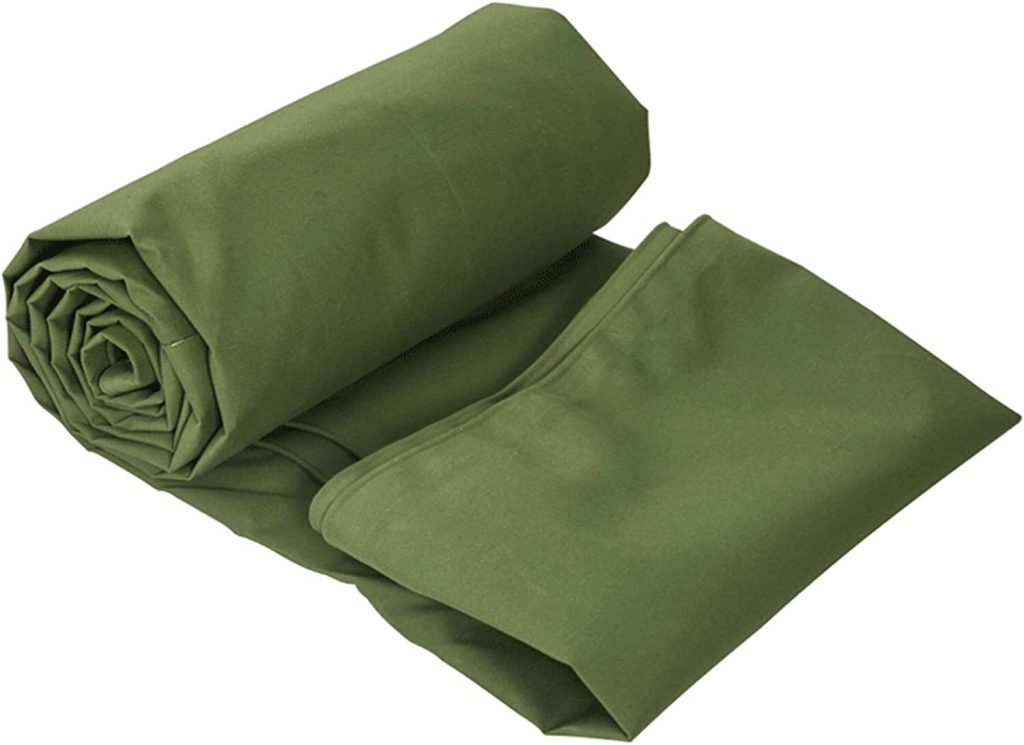Tarpaulin vs Canvas: Their Differences
Tarpaulin boasts superior durability against humidity and tearing, making it a highly reliable material for various applications. On the other hand, canvas is known for its thicker hand feel, which provides a more substantial texture and appearance. Both tarpaulin and canvas have their own unique characteristics, which makes choosing the right material much more challenging.

Material
Tarpaulin is made of synthetic materials such as polyester, nylon, or polyethene, which are laminated or coated with PVC or polyurethane.
On the other hand, canvas is made of natural fibres like cotton or linen, which are woven together to form a sturdy fabric.

Water Resistance
Tarpaulin is completely waterproof, which means it can resist water from penetrating through it. This feature makes it ideal for protecting items placed near water or in wet conditions.
Like tarpaulin, canvas is also able to resist water. However, it is essential to note that it can develop mildew in humid conditions due to the accumulated moisture on the material’s surface.

Sustainability
Canvas is typically made from natural materials such as cotton, linen, or hemp, which are biodegradable and can be recycled.
Tarpaulin, however, is made from synthetic materials which are not biodegradable and can take many years to decompose, contributing to environmental pollution.
